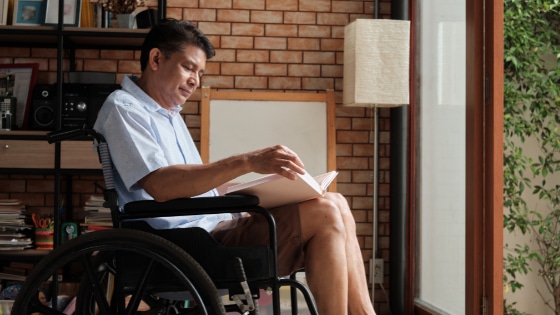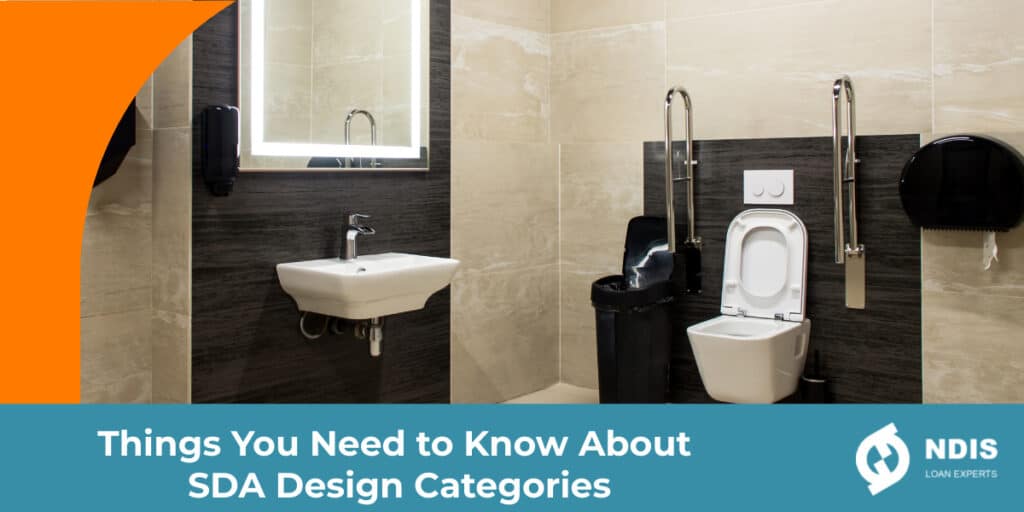There’s so much to know about the National Disability Insurance Scheme and the Specialist Disability Accommodation (SDA) initiative offered within it. With increasing media attention to SDA housing, it can be tricky to remember all of the key information pieces.
We’ve written a brief guide to clarify what you need to know about SDA design categories.
Specialist Disability Accommodation explained
Specialist disability accommodation was introduced under the NDIS to address the critical lack of appropriate housing for members of the community with disability. Under their NDIS plan, NDIS participants with high support needs or extreme functional impairment can apply for SDA funding.
Once approved, they can move into specialised housing with provisions to support their unique needs. Due to being specifically designed to cater to the needs of NDIS participants with significant disability, SDA homes are in high demand and often become lifelong homes for their tenants.
The four SDA design categories
Each NDIS property is built to one of four design categories. Each category is designed specifically to support different needs.
1. High physical support
High physical support homes provide provisions for people requiring very high physical support. You can expect a high physical support home to have ceiling hoists, home automation and assistive technology such as communication technology.
2. Fully Accessible
Fully accessible homes are built to incorporate a high level of physical access to ensure that the NDIS tenants can move as efficiently and freely as possible — including in manual or motorised wheelchairs.
3. Improved liveability
An improved liveability home is often best for tenants with intellectual, sensory or cognitive impairments. For this reason, these homes often don’t have stairs and are built with easily visible floor plan layouts.
4. Robust
An NDIS property that’s built under the robust category uses a design and materials that are durable to minimise any impact of challenging or complex behaviour. By doing so, it helps protect the tenant, any support workers, and also reduces the need for reactive maintenance on the property.

You must follow the design standard
It could go without saying that each SDA category must be built to the relevant SDA design standard.
NDIS SDA properties need to be certified
Before a property can be enrolled into the SDA program, an SDA assessor needs to be engaged at the design stage. This ensures that every SDA property has the best chance of being certified as SDA compliant.
You need to consider more than just the design standard
SDA builders are fantastic at building NDIS properties to the design standard, however, the right property for those that need it most has more than just a tick in every box for the bare minimum.
For some properties, such as a fully accessible home, a relatively flat residential block must be selected to build it on. The property types also differ; for example, some tenants may prefer to live in a high physical support unit rather than a large residential block.
NDIS properties should also be located in desirable communities to support the tenants, close to medical facilities or medical services, public transport and other necessary infrastructure.
Purchasing SDA housing as an investment property
To help promote supply of NDIS homes, the Australian government opened SDA properties up to private investors — backed by up to $700M per year in SDA funding. Thanks to the unique demand and support by the federal government, NDIS property investment yields exceptional rental income while retaining strong capital growth potential and operating separately from the open market.
The benefits of an NDIS investment property
Property investors in the SDA market frequently experience income yield of 10-15% pa. The income comprises SDA funding, a reasonable rent contribution and some level of the tenant’s government pensions (in most instances). The benevolent outcome of investing in SDA is immeasurable compared to any other investment property on the property market.
By providing NDIS tenants with a house that is specially designed to help them live as independently as possible (with the support of their NDIS service providers), you help them overcome one of their biggest challenges.
Getting started with NDIS investment
Understanding the NDIS housing design category you intend to build is crucial, as you’ll need to engage an accredited SDA assessor at the design stage in your SDA development. To get your NDIS investment property plans off the ground, you’ll need the correct finance solution to cover the unique build requirements.
If an SDA house forms part of your near future, contact the team at NDIS Loan Experts — our specialist team can provide you with a tailored finance solution to ensure a successful investment venture.
FAQs
We answer some frequently asked questions about NDIS housing in Australia.
Who receives SDA payments?
Registered SDA providers receive the SDA payments, and then pass the income onto you as the property owner. We advocate working with your preferred SDA housing provider for a smoother investment experience.
Can I buy a land package?
Yes, there are NDIS approved land packages for sale for those wishing to build SDA homes. Whether this is the best option for you will depend on your unique objectives and investment preferences.


